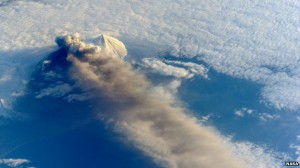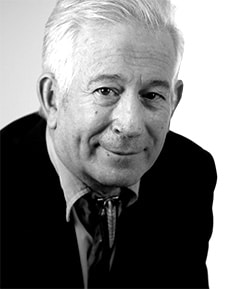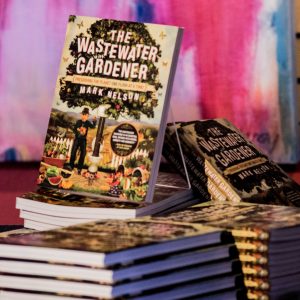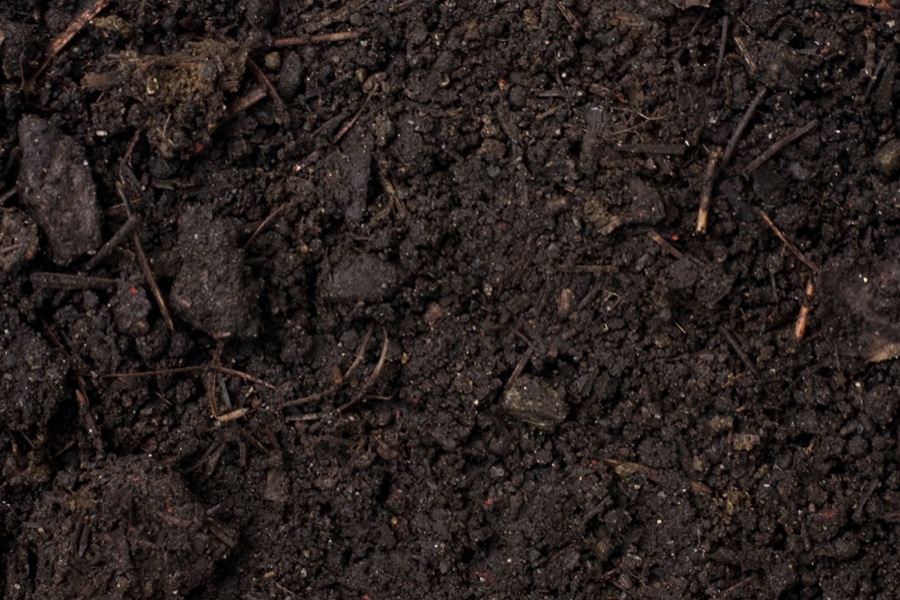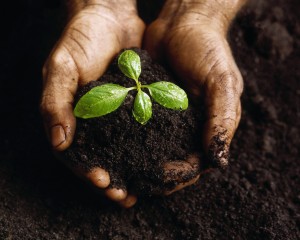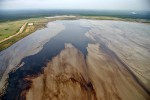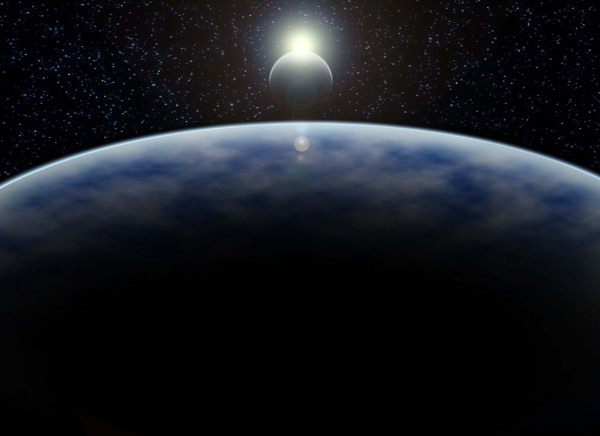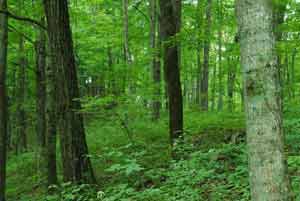
Forests For Our Future

A constellation of billions of mirrors free-floating at the Earth-Sun Lagrange point blocks solar radiation and cools earthly global warming. Credit: Dan Roam
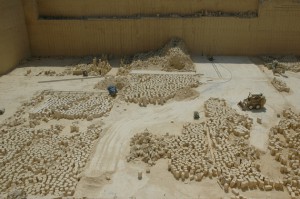
A scheme to dump quicklime into the oceans to sequester more carbon in their depths is being revived with backing from Shell.
While it might seem that the best way to solve our growing and technologically-created problems would be to use the most advanced means available, the Committee on Climate Geoengineering at the National Research Council concluded that these interventions haven’t yet been studied enough to be put into action. According to the committee, “There is no substitute for dramatic reductions in greenhouse gas emissions to mitigate the negative consequences of climate change.”4
A recent report from Oxford University seeks practical solutions that promise the best long-term hope. To achieve this, researchers consider approaches that have the potential to remove carbon dioxide from the atmosphere without leading us to unforeseen consequences.
One of the most promising techniques explored is called afforestation, which means establishing a forest where one formerly did not stand. And though this solution seems obvious, it’s putting a measure like this into action on a large scale that proves an obstacle to enjoying all of the services that trees provide naturally.
Author Tony Juniper describes these benefits in economic terms in his book What Has Nature Ever Done for Us? How Money Really Does Grow on Trees:
The economic value of the photosynthesis going on in the forests is thus vast. Even taking the low cost of carbon dioxide credits that companies must now buy via the European Emissions Trading scheme, the work being done by the forests in moderating the impact of our emissions is truly massive, worth literally trillions of euros. Our 2008 review on the value of forests estimated that halving the deforestation rate by 2030 would provide carbon capture services worth around $3.7 trillion, and that enormous figure takes no account of the many other economic benefits provided by forests, such as regulation of water supplies and sustaining species diversity… Beyond such fundamental ecological functions, plants are also the source of building materials, drugs, landscape and inspiration. They cool cities and sustain the soil that plays such vital roles in water cycles and atmospheric regulation.5
To effectively receive the benefits of trees, forest preservation and afforestation will need global support. Forests must be managed, cared for, and protected through active resistance to deforestation efforts around the world while the priorities of corporations and states will have to change in order to develop an infrastructure to grow new forests.
It’s important to note that economics and ecology are not the only things that benefit from trees. Our photosynthetic friends also remind us of the natural beauty of the Earth, especially as we find ourselves spending more and more time in man-made spaces.
By planting a tree (or several!), you can enjoy the benefits of trees for yourself and help to reduce carbon globally.
Find information about how to choose a tree for your region and plant it successfully here.
- http://www.livescience.com/22202-space-mirrors-global-warming.html
- http://www.wired.com/2008/07/new-geoengineer/
- http://www.bbc.com/news/science-environment-25639343
- http://www8.nationalacademies.org/onpinews/newsitem.aspx?RecordID=02102015
- What Has Nature Ever Done for Us? How Money Really Does Grow on Trees, Tony Juniper
- http://www.arborday.org/trees/index.cfm
Feature image source
